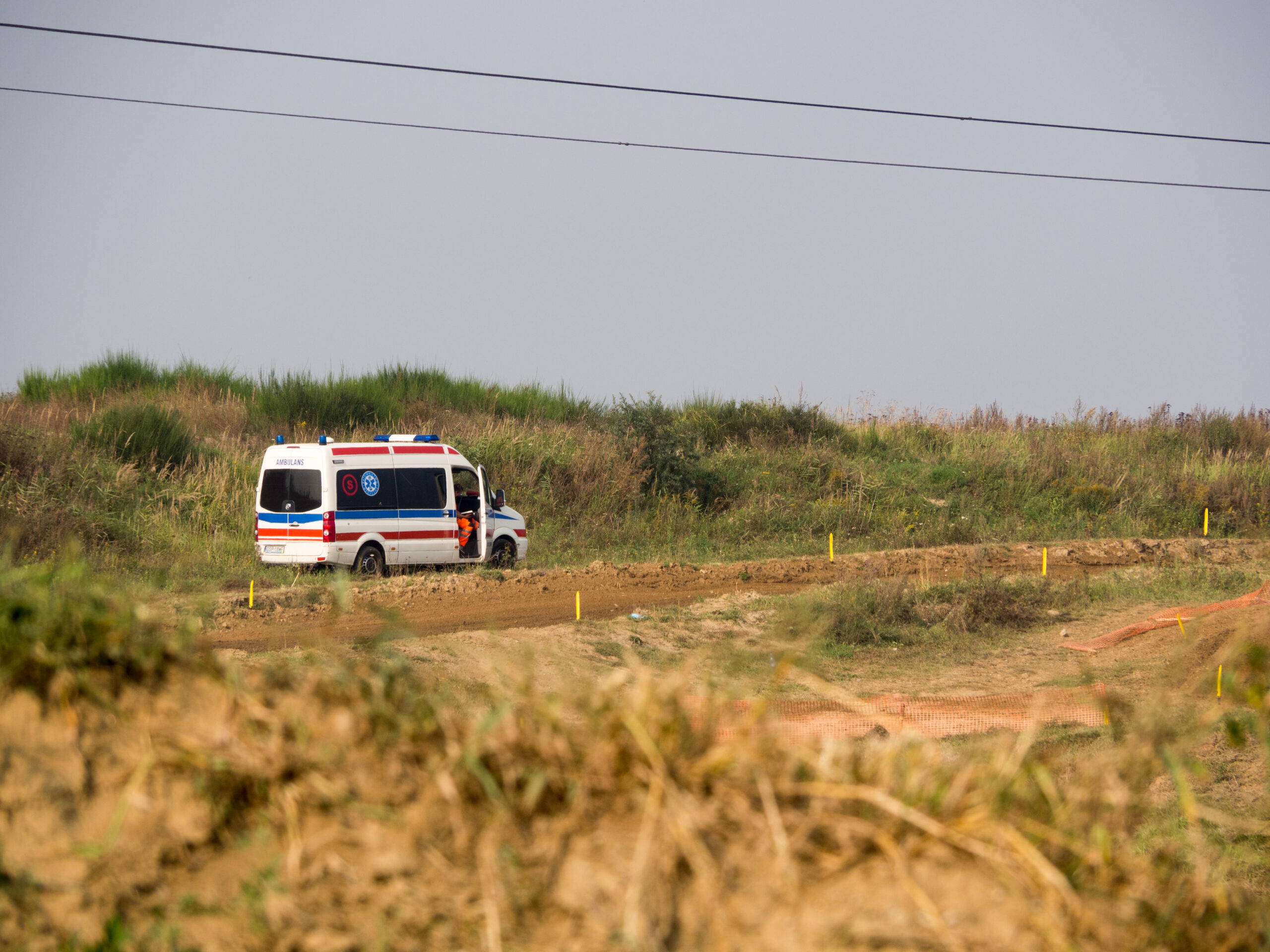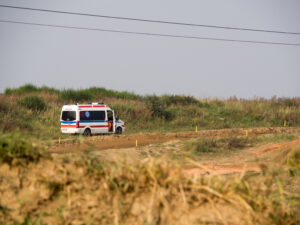A medical emergency can quickly turn into a race against time when essential services are unavailable. The lack of ambulances, the absence of on-call personnel, or the long distances to healthcare centers leave thousands of families vulnerable when immediate medical attention is needed.
Faced with this reality—and with limited state response—community networks have emerged to provide lifesaving assistance using the resources at hand, organizing what the official system fails to reach.
These situations reveal that improving public health does not always depend on government intervention. Often, it begins from the ground up—with the will of neighbors, social organizations, and professionals who coordinate their efforts to deliver concrete solutions.
A Problem That Finds Answers Through Organization
In Argentina and much of Latin America, emergency systems suffer from serious deficiencies, with the shortage of ambulances being one of the most visible. Health systems often operate with outdated vehicles, a lack of trained drivers, or no available units in small towns.
In many rural areas, there may be only one emergency vehicle available to cover distances exceeding 200 kilometers—making it nearly impossible to ensure timely service during a crisis.
In urban low-income neighborhoods, the situation is not much different. Ambulances are often delayed due to vehicle shortages, high demand, or security risks in certain zones. In cases of heart attacks, asthma crises, or severe accidents, every minute matters—and without a quick response, communities are forced to improvise their own solutions.
Confronted with these systemic shortcomings, many communities have organized their own alert and response systems as a way to provide partial relief to the situation.
These local networks consist of neighbors, community health promoters, volunteer firefighters, taxi drivers, and drivers offering their services for free. Together, they coordinate patient transport and first aid while waiting for an ambulance to arrive.
In one settlement on the outskirts of Buenos Aires, for example, a WhatsApp group connects community leaders with nurses and trained volunteers. When an emergency occurs, the alert spreads within seconds, and the nearest neighbor responds with whatever is available—a private car, a motorcycle, or even a bicycle equipped with a first-aid kit.
The logic behind this model is simple yet effective: to stay close, act fast, and gain precious time—which can make the difference between life and death.
In some northern provinces, rural cooperatives have obtained community pickup trucks adapted for patient transport. They are not ambulances, but they can carry someone to the nearest health center—a journey of 30 or 40 kilometers that can mean the difference between survival and loss.
Training and Technology: The Backbone of Community Health Networks
A key factor in the success of these community networks is first aid training for all participants. NGOs and foundations organize free workshops that teach cardiopulmonary resuscitation (CPR), wound management, and crisis intervention.
The goal is to democratize basic medical knowledge—skills that can be crucial in critical situations. The impact of these initiatives is clear through everyday stories, such as a neighbor successfully assisting an elderly person during cardiac arrest until medical help arrived.
Community organization also relies on low-cost technological tools, such as geolocation apps, instant messaging groups, and community radio stations, which serve as communication and coordination channels.
Digital technology enables the creation of collaborative maps identifying neighbors with healthcare training, available transportation, or access to first-aid kits. These small-scale social innovations help optimize resources and strengthen the sense of an organized, self-reliant community.
Of course, this grassroots model of emergency care does not replace the role that the State must fulfill in every region. However, it clearly demonstrates that local rapid-response networks provide tangible evidence of the urgent need for effective health solutions.
Where public health policies fail to reach—or arrive too late—communities develop their own care mechanisms, a phenomenon now seen across multiple provinces and countries.
Ultimately, the combination of state infrastructure and community organization could foster a more inclusive and efficient healthcare model. But in the day-to-day reality of towns and neighborhoods lacking state support, local networks—despite their limitations—prove that saving lives is possible, even without ambulances.



